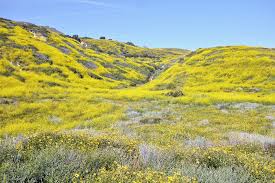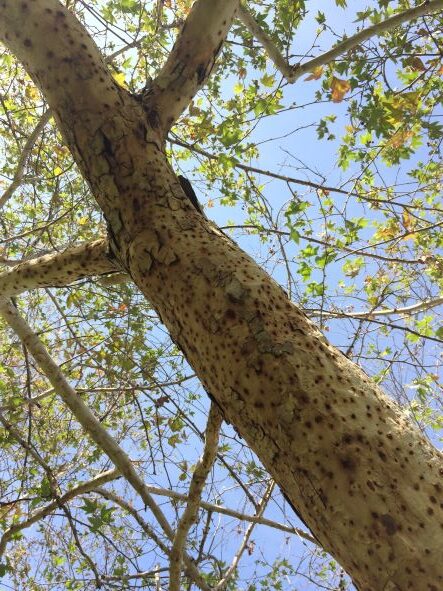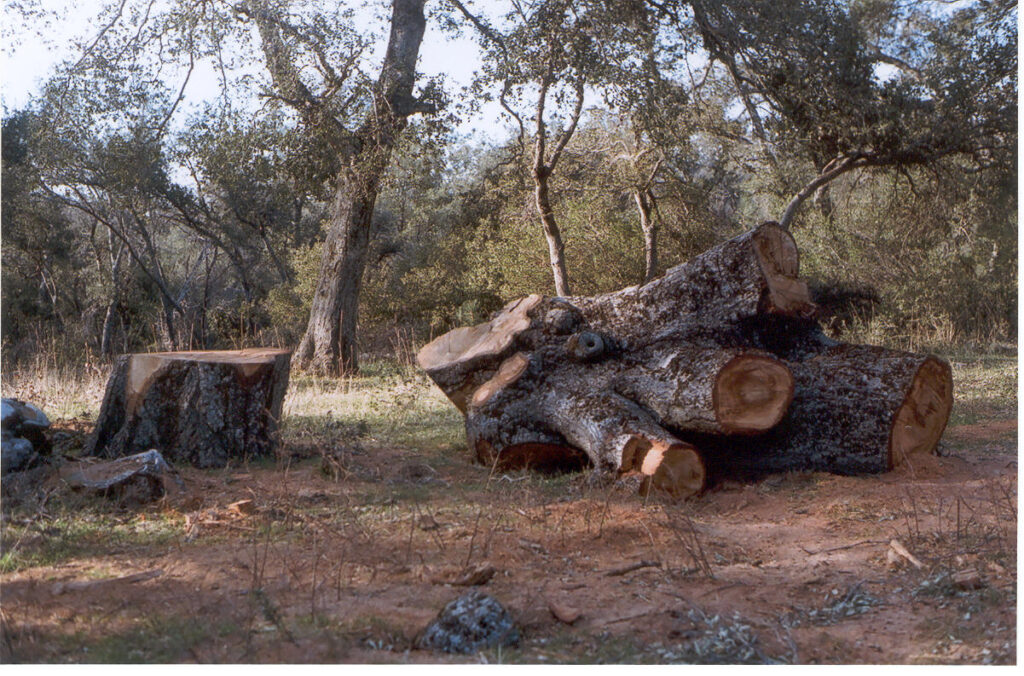A California state legislator has proposed a bill to expand state efforts to counter invasive species. Should we support it – and others like it in other states?
The bill is Assembly Bill 2827 introduced by Assembly Member (and former Majority Leader) Eloise Reyes of the 50th Assembly District. She represents urban parts of southwestern San Bernardino County, including the cities of Rialto, Colton, and Fontana.
According to media reports, Reyes was prompted to act by the current outbreak of exotic fruit flies, which as of some months ago resulted in detections in 15 California counties.
The bill is much broader than agricultural pests, however. It would find and declare that it is a primary goal of the state to prevent the introduction, and suppress the spread, of invasive species within its borders. I applaud the language of the “findings” section:
(a) Invasive species have the potential to cause extensive damage to California’s natural and working landscapes, native species, agriculture, the public, and economy.
(b) Invasive species can threaten native flora and fauna, disrupt ecosystems, damage critical infrastructure, and result in further loss of biodiversity.
Paragraph (c) cites rising threats associated with increased movement of goods, international travel, and climate change — all said to create conditions that may enhance the survival, reproduction, and spread of these invasive species, posing additional threats to the state.
(d) It is in the best interest of the state to adopt a proactive and coordinated approach to prevent the introduction and spread of invasive species.
The bill calls for
- The state agencies, in collaboration with relevant stakeholders, to develop and implement pertinent strategies to protect the state’s agriculture, environment, and natural resources.
- The state to invest in research, outreach, and education programs to raise awareness and promote responsible practices among residents, industries, and visitors.
- State agencies to coordinate efforts with federal, local, and tribal authorities.
However, the bill falls short when it comes to action. Having declared that countering bioinvasion is “a primary goal of the state”, and mandated the above efforts, the bill says only that the California Department of Food and Agriculture (which has responsibility for plant pests) is to allocate funds, if available, to implement and enforce this article. Under this provision, significant action is likely to depend on holding agencies accountable and providing increased funding.
Would this proposed legislation make a practical difference? I have often complained that CDFA has not taken action to protect the state’s wonderful flora. For example, CDFA does not regulate firewood to prevent movement of pests within the State. It has not regulated numerous invasive plants or several wood-boring insects. These include the goldspotted oak borer; the polyphagous and Kuroshio shothole borers; and the Mediterranean oak borer.
On the other hand, CDFA is quick to act against pests that might enter the state from elsewhere in the country, e.g., spongy moth (European or Asian), emerald ash borer and spotted lanternfly.
I hope Californians and the several non-governmental organizations focused on invasive species will lobby the legislature to adopt Assembly Bill 2827. I hope further that they will try to identify and secure a source of funds to support the mandated action by CDFA and other agencies responsible for managing the fauna, flora, and other taxa to which invasive species belong.
I applaud Ms. Reyes’ initiative. I hope legislators in other states will consider proposing similar bills.
Posted by Faith Campbell
We welcome comments that supplement or correct factual information, suggest new approaches, or promote thoughtful consideration. We post comments that disagree with us — but not those we judge to be not civil or inflammatory.
For a detailed discussion of the policies and practices that have allowed these pests to enter and spread – and that do not promote effective restoration strategies – review the Fading Forests report at http://treeimprovement.utk.edu/FadingForests.htm
or


